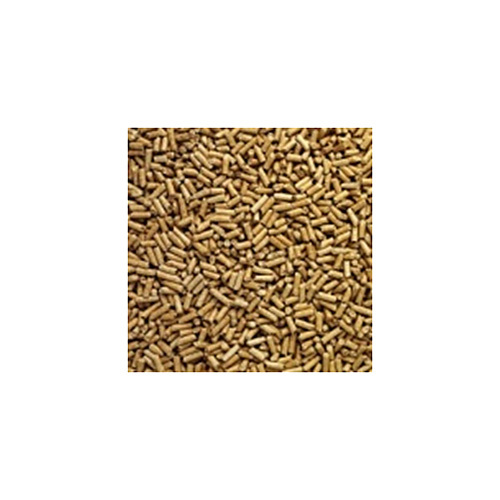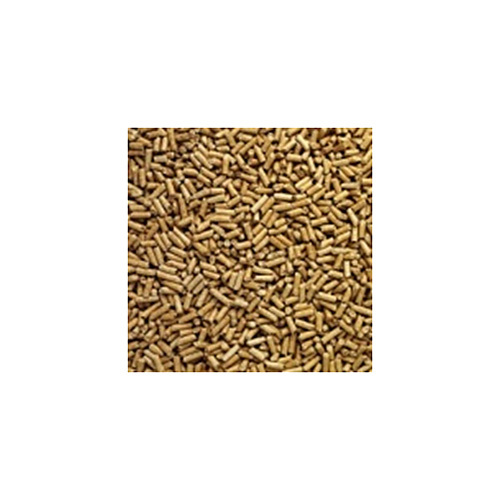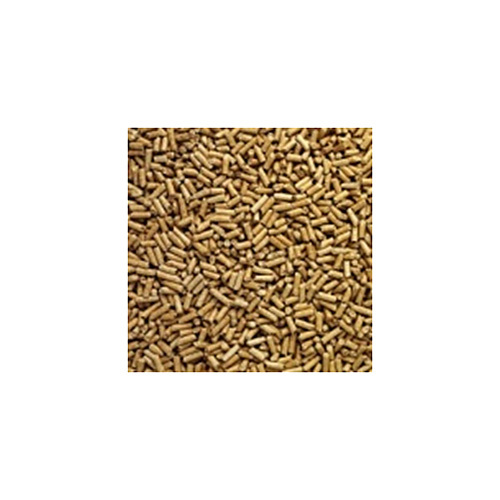6mm Brown Bagasse Pellets
Product Details:
- Gross Calorific Value 3950 kcal
- Moisture 5%
- Fuel Type Biomass
- Material Other
- Shape
- Ash Content (%) <5%
- Size 6mm
- Click to View more
6mm Brown Bagasse Pellets Price And Quantity
- 10 Ton
- 13000.0 INR/Ton
6mm Brown Bagasse Pellets Product Specifications
- 3950 kcal
- Biomass
- 6mm
- <5%
- Other
- 5%
6mm Brown Bagasse Pellets Trade Information
- Cash in Advance (CID)
- 7 Days
- Contact us for information regarding our sample policy
- pp bag
- All India
Product Description
Brown Bagasse Pellets are a premium biomass fuel made from sugarcane residue (bagasse) that has been sun-dried and mechanically compressed into 6mm pellets. With a calorific value of approximately 3950 kcal/kg, low moisture (~5%), and consistent size, these pellets are ideal for replacing coal in industrial boilers, furnaces, and pellet burners. Priced competitively at Rs 13/kg, they offer clean, efficient, and sustainable energy output.
Product Specifications:
| Parameter | Value |
|---|---|
| Pellet Size | 6 mm |
| Material | Brown Bagasse (Sugarcane waste) |
| Price | Rs 13/kg |
| Calorific Value | ~3950 kcal/kg |
| Moisture Content | ~5% |
| Ash Content | ~1015% (typical for bagasse) |
| Usage Type | Biomass Fuel / Coal Alternative |
Key Features & Benefits:
-
High Energy Output: Matches lower-grade coal, making it a solid fuel substitute.
-
Low Moisture (~5%): Ensures fast ignition and steady burning.
-
Consistent 6mm Pellet Size: Ideal for automated pellet feeding systems.
-
Eco-Friendly & Renewable: Utilizes agro-waste from sugarcane processing.
-
Cost-Effective Heating: Saves fuel cost while reducing environmental footprint.
-
Supports Rural Circular Economy: Adds value to agro-residue that would otherwise be discarded or burnt.
Applications:
-
Industrial Boilers & Furnaces
Widely used in food processing, textile, brick kilns, and paper industries. -
Commercial Pellet Burners
Suitable for restaurants, hotels, and centralized heating systems. -
Power Generation in Biomass Plants
Used in gasifiers or co-firing setups for renewable power generation. -
Agro-Based Industries
Sugar mills and agro-processing units can reintegrate it into energy loops.
Frequently Asked Questions (FAQs)
Q1. What is Brown Bagasse?
A: Its the fibrous residue left after sugarcane juice extraction, sun-dried and processed into fuel pellets.
Q2. Whats the difference between brown and white bagasse?
A: Brown bagasse is sun-dried and untreated, while white bagasse may go through additional cleaning and bleaching making brown more natural and less costly.
Q3. Can these pellets be used in place of coal?
A: Yes, especially in industrial boilers and burners designed for solid fuels. They deliver similar energy and are more sustainable.
Q4. Is there any special storage required?
A: Store in a dry, covered area to prevent moisture absorption. Avoid direct contact with ground or water.
Q5. What are the emissions like compared to coal?
A: Bagasse pellets produce significantly less sulfur and carbon emissions than coal, contributing to cleaner air and greener operations.
Q6. Is there any government benefit to using bagasse-based fuel?
A: In many regions, use of biomass fuel helps companies meet sustainability goals, qualify for carbon credits, or comply with pollution control norms.

Price:
- 50
- 100
- 200
- 250
- 500
- 1000+






